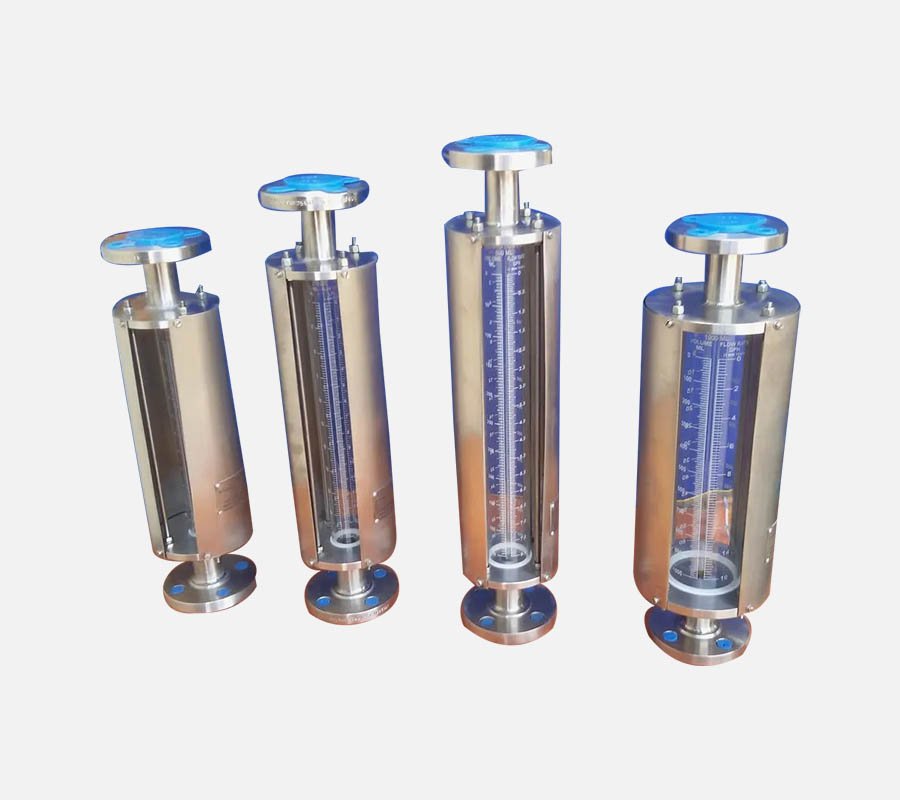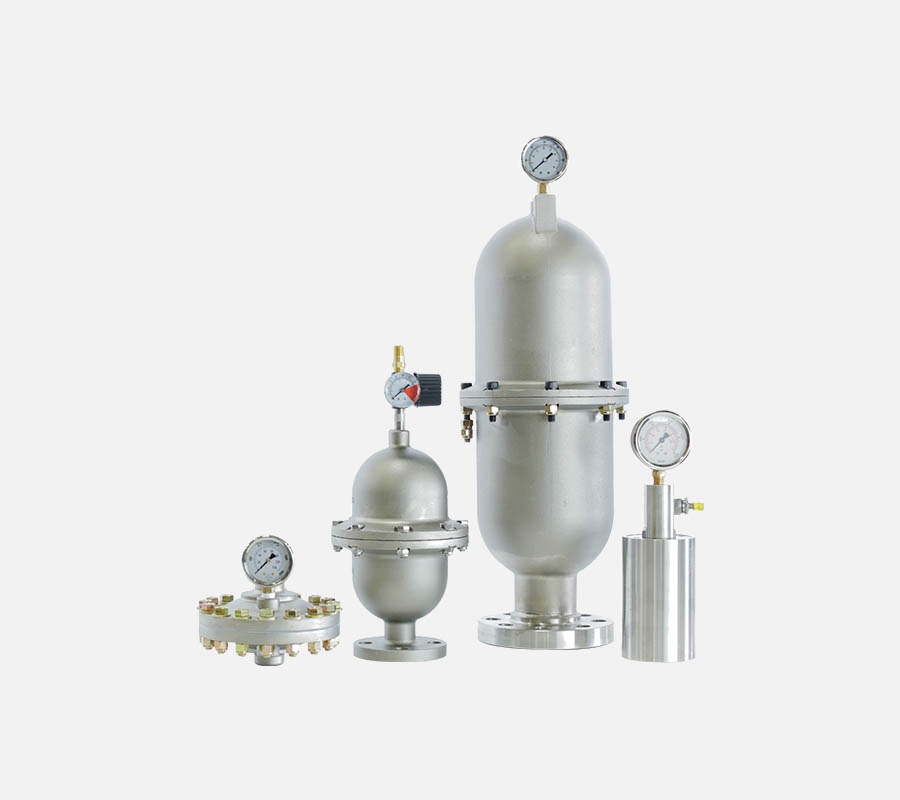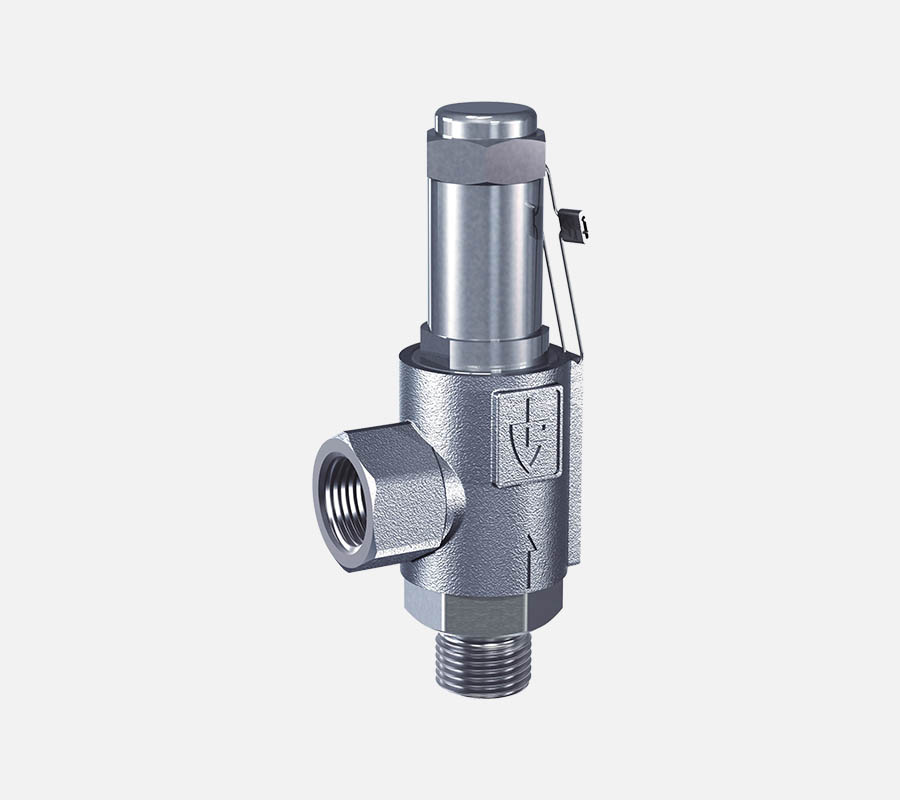Dosing System Accessories
Dosimix Technologies is a leading Manufacturer and supplier of Calibration Pot, Dampener Pressure, Relief Valves, and Strainer in Ahmedabad, India.
We have a wide range of dosing pump Accessories. Our product Accessories range includes Calibration Pot, Dampener Pressure, Relief Valves and Strainer. Also, we have to Supplying our dosing pump Accessories in all over India. We offer a wide range of dosing pump Accessories to meet the needs of a types of industries, including water treatment, Power industries, oil and gas industries, chemical manufacturing industries, pharmaceutical industries, paper and pulp industries, food & beverage processing industries, and Milk product Manufacturing industries.
Dosimix Technologies are Available for dosing pump Accessories. Pumps are manufactured to operate in a wide range of conditions, but there are always circumstances that require some tailoring to fit them into the individual installation’s particular situation. For this, a number of pump accessories are available.
- Calibration Pot
- Pulsation Dampener
- Pressure Relief Valves
- Strainer
Calibration Pot
A calibration pot is a device used to measure the flow rate of a dosing pump. It is a simple and economical way to measure a specific volume. It is placed vertically on the suction pipe (as close as possible to the pump) is used to measure and control the dosing pump flow rate in line with its installation conditions and the properties of the fluid being dosed.
To calibrate a dosing pump, the following steps are typically followed:
- Fill the calibration pot with the chemical to be dosed.
- Close the valve between the calibration pot and the dosing pump.
- Start the dosing pump and allow it to run for a set period of time, typically one minute.
- Record the number of marks on the calibration pot that the fluid passed.
- Calculate the flow rate of the dosing pump by dividing the volume of the chemical in the calibration pot by the number of marks on the pot and the amount of time the dosing pump ran.
Dampener pressure is the pressure that is applied to the diaphragm of a dosing pump. This pressure is used to move the diaphragm and to dispense the chemical. The dampener pressure is typically set by the pump manufacturer and should not be adjusted unless necessary.
However, if the dampener pressure is too high, it can cause the diaphragm to tear or burst. If the dampener pressure is too low, it can cause the pump to not dispense the chemical properly.
If you suspect that the dampener pressure is incorrect, you should contact the pump manufacturer for assistance.
Here are some of the factors that can affect the dampener pressure :
- The viscosity of the chemical being dosed
- The flow rate of the chemical being dosed
- The size of the diaphragm
- The type of pump
A relief valve is a safety device that is used to protect a system from overpressure. It is typically installed in a system where the pressure can potentially rise to dangerous levels. If the pressure in the system reaches the set point of the relief valve, the valve will open and release some of the pressure. This helps to prevent the system from being damaged.
Relief valves are available in a variety of sizes and styles. The type of relief valve that is needed will depend on the specific application.
Here are some of the types of relief valves :
- Poppet valves : Poppet valves are the most common type of relief valve. They are simple and reliable, and they are relatively inexpensive.
- Diaphragm valves : Diaphragm valves are similar to poppet valves, but they use a diaphragm to control the flow of fluid. Diaphragm valves are more sensitive to pressure changes than poppet valves, and they can be used to regulate the flow of fluid as well as to protect the system from overpressure.
- Pilot-operated valves : Pilot-operated valves are more complex than poppet valves or diaphragm valves, but they are also more sensitive to pressure changes. Pilot-operated valves are often used in applications where the pressure in the system must be very precisely controlled.
Relief valves are an essential safety device for a wide variety of systems. They help to prevent damage to equipment and injury to personnel.
A suction strainer is a type of filtration equipment that is installed at the inlet of a pump suction line to prevent the penetration of dirt and other particles into the pump.
Suction strainers are typically made of metal or plastic and have a mesh or perforated screen that allows the fluid to pass through while trapping larger particles. The size of the holes in the screen will determine the size of particles that can be filtered out of the fluid.
Suction strainers are an important safety device for preventing damage to pumps and other equipment. They can also help to improve the efficiency of pumps by preventing blockages and by reducing the amount of energy required to pump the fluid.
Some of the benefits of using suction strainers :
- They prevent dirt and other particles from entering the pump, which can damage the pump and other equipment.
- They help to improve the efficiency of the pump by preventing blockages and by reducing the amount of energy required to pump the fluid.
- They can help to extend the life of the pump by preventing wear and tear on the moving parts.





